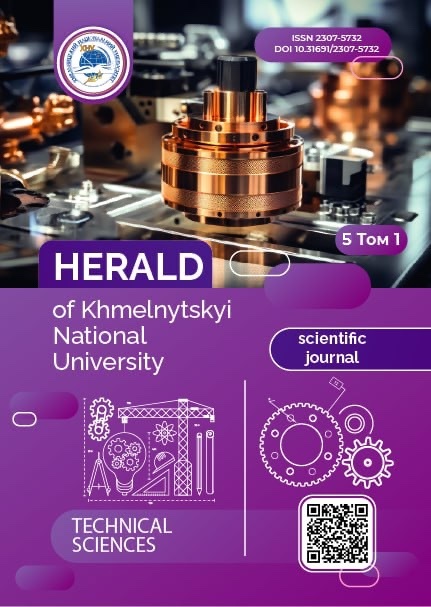PROSPECTS OF WASTEWATER TREATMENT BY THE NEUTRALIZATION METHOD
DOI:
https://doi.org/10.31891/2307-5732-2025-357-6Keywords:
neutralization, acid, hydroxide, waste water, insoluble sludgeAbstract
It has been determined that finding a balance between economic factors and chemical methods is a main focus of analyzing the current state of the issue of effective and economically justified wastewater treatment for its improvement. Data has been analyzed regarding the justification of the choice of the proposed treatment method using neutralization reactions. Two of the most relevant methods of neutralization are distinguished: treatment with a water solution of calcium hydroxide and neutralization with acidic flue gases. The use of 9% lime milk to neutralize sulfate-containing acidic wastewater results in the formation of precipitates and an acidity of the medium of 9.3 - 9.6. By using anions - flocculants, which bind with cations to form compounds with a moisture content of over 95%. They have a loose structure and low density.
Diluted CaSO4*2H2O, formed as a result of neutralization, subsequently crystallizes and densifies due to dehydration. The joint application of flocculants and alkaline reagents allows for a high rate of precipitate formation. The choice of flocculants is of fundamental importance: cationic flocculants have virtually no effect on the aggregation stability of the dispersive system, while anionic flocculants significantly enhance the precipitation process, although the amount of precipitate may account for 25-30% of the volume of the wastewater being neutralized. The optimal concentration of anionic flocculant is 4 - 6 mg/l, and the time is 1 hour. Increasing the concentration of wastewater and the duration of the neutralization process does not lead to a decrease in the volume of the sediment. The peak speed is reached between the 5th and 15th minute of the sedimentation process.
Dependence of efficiency of process is set on chemical composition, aggregate state (wet and dry method ), and amount of reagent. Acidity of environment influences on the productivity of process of cleaning of effluents. Application of methods of neutralization allows to attain the degree of cleaning of about 85-90 ід of initial concentrations
Downloads
Published
Issue
Section
License
Copyright (c) 2025 НАТАЛІЯ ВЛАСЕНКО, ІРИНА КОВАЛЕНКО, АРТУР ЗУЛЬФІГАРОВ (Автор)

This work is licensed under a Creative Commons Attribution 4.0 International License.

